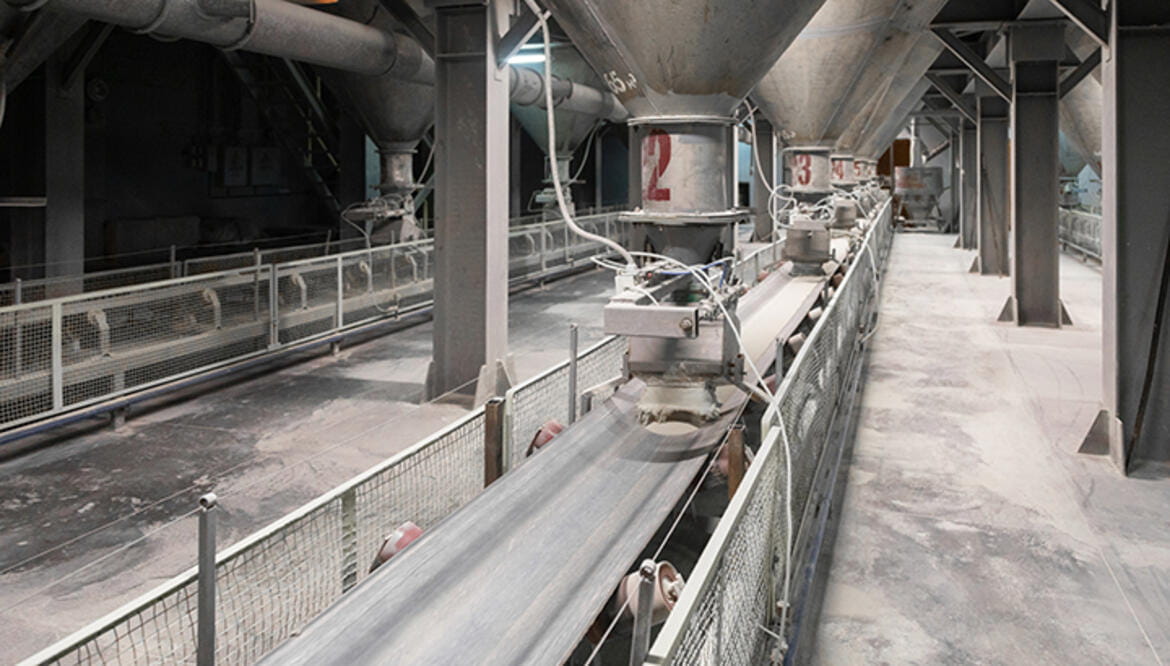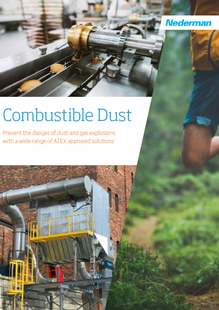
Combustible dust is a more common phenomenon than one might think. The combustibility of a wood-based type of dust is rather obvious, but many other organic dust materials – cocoa powder, flour, lemon pulp, and sugar, for example – are also potentially explosive. As are most fine dust particles from pharmaceuticals, plastics, textiles, and a range of other materials.
From apples to zinc; the list of products that may combust in powdered form is extensive, and includes a wide range of materials. Some of them, such as aluminum and iron, are not combustible in larger pieces, but can be when ground to dust. On its website, the US Occupational Safety and Health Administration (OSHA) maintains a comprehensive list of combustible materials.
The type of combustible dust handled at your facility or production plant does not determine how explosive it actually is, only that it has the potential to combust. Finding out the risks posed by your particular dust requires a professional lab test, where a sample of your dust is ignited in a controlled setting, and then measured and analyzed.
Two key elements of this analysis are the Kst value and the Pmax value of your dust. The Kst value measures the relative severity of an explosion, should your dust combust. The shape, size, and moisture level of the dust particles are only some of the factors that determine the dust’s Kst value. The Pmax value indicates the maximum pressure that would be created if your dust were to explode.
Combustible types of dusts are divided into four classes: St 0, St 1, St 2, and St 3. A high Kst value will rank highly on the class scale, indicating a potentially violent explosion. Similarly, a Kst value of 0 means that there is zero risk of a combustible dust explosion.
Click to here read more about how to prevent combustible dust explosion accidents in the factory or workshop. At Nederman, we have a long history of helping companies assess and handle the safety risks posed by combustible dust, and ensuring clean air in factories and workshops. For more information about the work we do, visit our website, and read other articles here in the Nederman Knowledge Center. If you want us to help you assess the risk of combustible dust explosions in your workplace, please contact your local Nederman representative.

We have extensive experience of various challenges in the different industries and our experts are very skilled, helpful and professional. With us, you can feel secure that we take care of you and your needs. You are always welcome to contact us regardless if you have a short question or a more complex and complicated one. A warm welcome to Nederman.
Contact us here